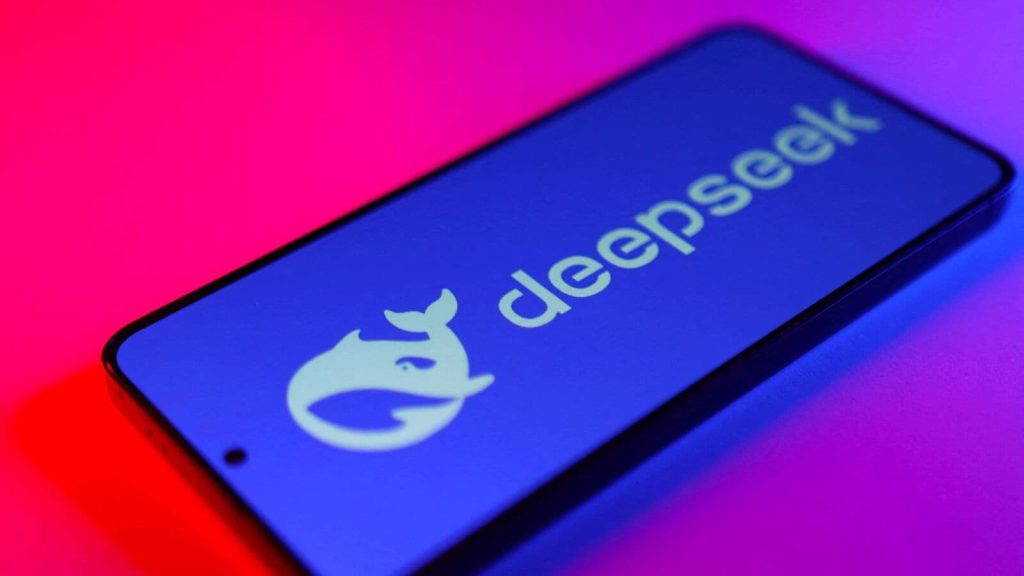As recently as 2022, just building a large language model (LLM) was a feat at the cutting edge of artificial-intelligence (AI) engineering. Three years on, experts are harder to impress. To really stand out in the crowded marketplace, an AI lab needs not just to build a high-quality model, but to build it cheaply.
In December a Chinese firm, DeepSeek, earned itself headlines for cutting the dollar cost of training a frontier model down from $61.6m (the cost of Llama 3.1, an LLM produced by Meta, a technology company) to just $6m. In a preprint posted online in February, researchers at Stanford University and the University of Washington claim to have gone several orders of magnitude better, training their s1 LLM for just $6. Phrased another way, DeepSeek took 2.7m hours of computer time to train; s1 took just under seven hours.
The figures are eye-popping, but the comparison is not exactly like-for-like. Where DeepSeek’s v3 chatbot was trained from scratch—accusations of data theft from OpenAI, an American competitor, and peers notwithstanding—s1 is instead “fine-tuned” on the pre-existing Qwen2.5 LLM, produced by Alibaba, China’s other top-tier AI lab. Before s1’s training began, in other words, the model could already write, ask questions, and produce code.
Piggybacking of this kind can lead to savings, but can’t cut costs down to single digits on its own. To do that, the American team had to break free of the dominant paradigm in AI research, wherein the amount of data and computing power available to train a language model is thought to improve its performance. They instead hypothesised that a smaller amount of data, of high enough quality, could do the job just as well. To test that proposition, they gathered a selection of 59,000 questions covering everything from standardised English tests to graduate-level problems in probability, with the intention of narrowing them down to the most effective training set possible.
To work out how to do that, the questions on their own aren’t enough. Answers are needed, too. So the team asked another AI model, Google’s Gemini, to tackle the questions using what is known as a reasoning approach, in which the model’s “thought process” is shared alongside the answer. That gave them three datasets to use to train s1: 59,000 questions; the accompanying answers; and the “chains of thought” used to connect the two.
They then threw almost all of it away. As s1 was based on Alibaba’s Qwen AI, anything that model could already solve was unnecessary. Anything poorly formatted was also tossed, as was anything that Google’s model had solved without needing to think too hard. If a given problem didn’t add to the overall diversity of the training set, it was out too. The end result was a streamlined 1,000 questions that the researchers proved could train a model just as high-performing as one trained on all 59,000—and for a fraction of the cost.
Such tricks abound. Like all reasoning models, s1 “thinks” before answering, working through the problem before announcing it has finished and presenting a final answer. But lots of reasoning models give better answers if they’re allowed to think for longer, an approach called “test-time compute”. And so the researchers hit upon the simplest possible approach to get the model to carry on reasoning: when it announces that it has finished thinking, just delete that message and add in the word “Wait” instead.
The tricks also work. Thinking four times as long allows the model to score over 20 percentage points higher on maths tests as well as scientific ones. Being forced to think for 16 times as long takes the model from being unable to earn a single mark on a hard maths exam to getting a score of 60%. Thinking harder is more expensive, of course, and the inference costs increase with each extra “wait”. But with training available so cheaply, the added expense may be worth it.
The researchers say their new model already beats OpenAI’s first effort in the space, September’s o1-preview, on measures of maths ability. The efficiency drive is the new frontier.
Curious about the world? To enjoy our mind-expanding science coverage, sign up to Simply Science, our weekly subscriber-only newsletter.
© 2025, The Economist Newspaper Limited. All rights reserved. From The Economist, published under licence. The original content can be found on www.economist.com

